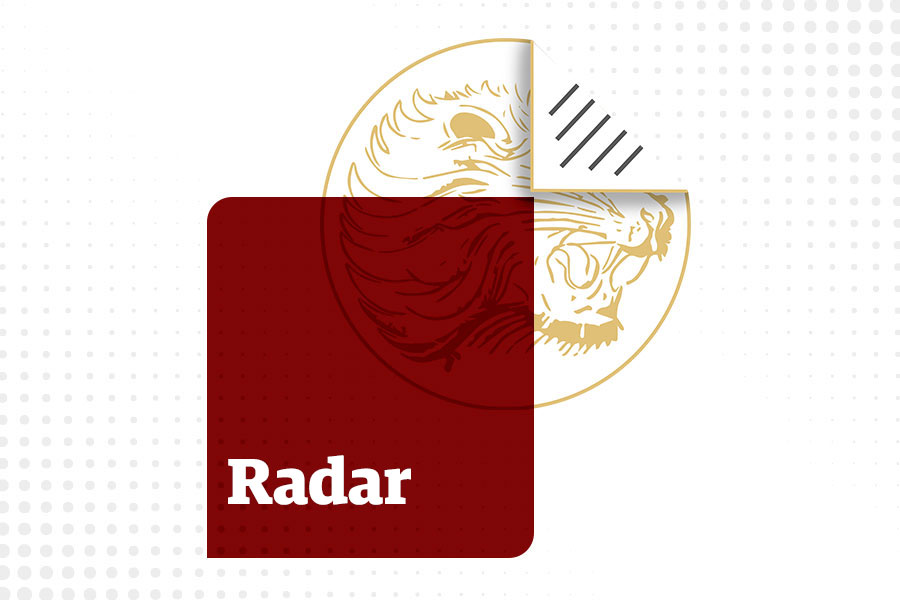
Radar | Sep 10,2023
Jun 21 , 2025
By Ahmed T. Abdulkadir
It is stating the obvious to claim Addis Abeba is placed foremost in the economy, playing the protagonist, director and banker of national growth. The data affirms this louder than any.
Though the capital houses only three percent of the population, it produces 29pc of urban GDP and nearly a quarter of national output. Glass towers line Africa Avenue (Bole Road), fountains spray at Meskel Square, and highways speed commuters across the city, while coffee growers in Kaffa still pull timber and beans over dirt tracks to markets they barely reach.
That gap is no accident. Ethiopia’s development model follows a core-periphery script. The centre collects infrastructure, talent, and power, while the regional states supply raw materials, labour, and land without proportionate investment. Unequal-exchange theory calls it a one-way flow of surplus. Even the World Bank, not known for flattery, said the “rising tide” of growth “failed to lift all boats.” From 2005 to 2016, the bottom 40pc of rural Ethiopia saw no gain in per-capita consumption.
Concentrating growth in a single city makes the economy brittle. The Ethiopian Economics Association (EEA) reports widening regional gaps, with the capital and a few favoured zones absorbing the majority of the federal government's capital spending. Vast areas remain untapped because they lack roads, clinics and electricity. Ironically, the federated states fund progress that they do not use.
The city’s dynamism also drains talent. Students, engineers, doctors and civil servants stream into Addis Abeba, turning regional towns into feeder hubs. The private sector vacuum also siphons ambition from secondary cities. Youth from Gondar, Dire Dawa, and beyond are drawn to the city, while teachers and civil servants from regional states seek transfers here. The periphery bleeds talent, ironically reinforcing the elite narrative that Addis Abeba must centralise resources because "the rest of the country has no skilled labour." It sounds like a self-fulfilling prophecy.
For many migrants, the switch is bittersweet. Escaping rural poverty often means replacing it with crowded housing and informal work. A recent demolition drive on the city’s edge displaced more than 100,000 low-income residents, showing how projects that beautify boulevards can uproot the workers who built them.
Capital follows pavement. Investment flows “as smoothly as a Sheger boulevard,” while infrastructure-poor but resource-rich states, such as Kaffa Zone, struggle to attract credit. In the eight years beginning in 2013, the rural population rose by 24.4pc, outpacing a 20.8pc rise in rural-to-urban migration. Rural Ethiopia grows faster than it urbanises, deepening a paradox. Prosperity clusters in the capital even as countryside hardship widens.
Attempts to spread industry often leave control in Addis Abeba. An industrial park may sit in Hawassa or Kombolcha, but cash and command still run through companies and firms headquartered in Addis Abeba. Local governments become spectators despite constitutional promises of self-rule and fiscal decentralisation. And numbers tell the story.
Only 57pc of districts in the Somali Regional State are reached by asphalt; coverage is lower in the Afar Regional State. Yet, the capital presses ahead with light-rail extensions, new terminals and beautification drives. Urban glamour is evident in Unity Park and along the main manicured roads, while clinics in Gambella Regional State lack access to clean water, and children in Benishangul Regional State walk for hours to school.
Policy moves from the centre can feel punitive at the edges. Currency depreciation and subsidy cuts planned in Addis Abeba reach villages in regional states not as reform but as higher food prices and the risk of drought. Systems theory would call it a feedback loop. Central nodes grow stronger as peripheral ones depend on them.
Leaders in Somali Regional State may say currency moves and subsidy cuts are drafted “without even a post-it of consultation.” Officials in Afar Regional State could voice similar complaints when decisions about freight tariffs or fuel prices arrive by circular from Addis Abeba. Such top-down governance, they could argue, treats local administrations as mere extensions of the capital rather than elected governments.
Even agencies meant to devolve resources often retain their senior managers and budgets in the capital, leaving regions with little say over projects on their own soil. The imbalance shows up in hard data. The Gini Coefficient index is climbing, and resentment in the hinterlands rises with it. The growth story risks resembling “accumulation by extraction,” with airports, rails, and green parks financed by resources from neglected districts.
Addis Abeba’s brand machine nonetheless sells optimism. Billboards hail the capital as a “Renaissance City”; its skyline is used as shorthand for national progress. Drought or hardship in rural zones rarely command the same airtime as a ribbon-cutting downtown. Symbolism, like tarmac roads, is unevenly laid.
Officials appear enthusiastic about digital transformation, achieving middle-income status, and new investment corridors. Critics argue that before the country wires itself for fintech, it should pave the way for Kaffa and give regions a voice in setting the plan. The hinterlands hide billions in potential output; unlocking it would enlarge, not diminish, the capital’s fortunes.
Over-centralisation is not merely unjust; it is inefficient. Hoarding talent and capital leaves much of the country underused and weakens the base needed for lasting growth. A strategy that channels money beyond the ring road, equips regional schools and hospitals, and lets local leaders set priorities could turn millions of spectators into stakeholders.
The cranes over the capital's skylines could serve as a pathfinder to what the whole country could become. The challenge is to ensure those towers cast light, not shadows, on the lands that sustain them.
PUBLISHED ON
Jun 21,2025 [ VOL
26 , NO
1312]

AhmedT. Abdulkadir (ahmedteyib.abdulkadir@addisfortune.net) is the Editor-in-Chief at Addis Fortune. With a critical eye on class dynamics, public policy, and the cultural undercurrents shaping Ethiopian society.

Radar | Sep 10,2023
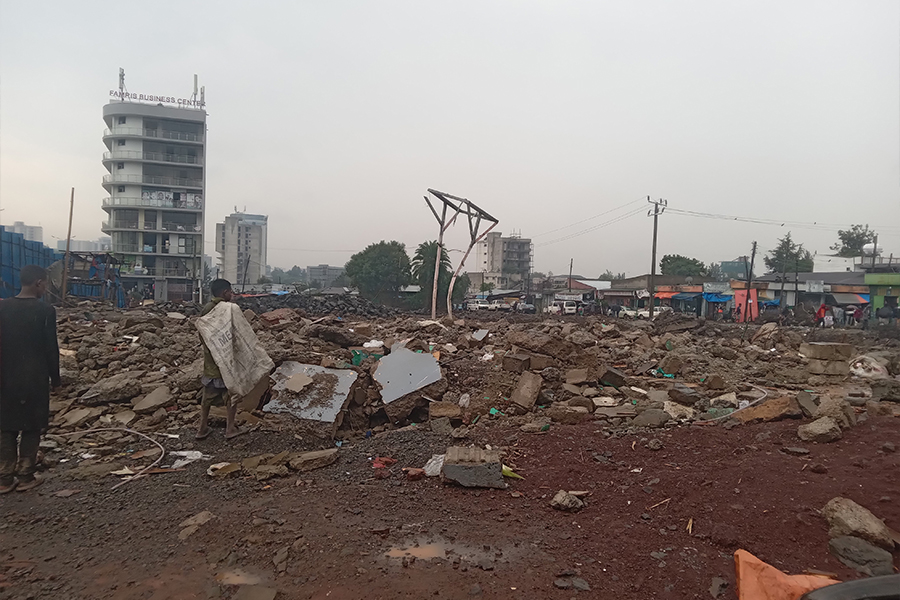
In-Picture | Jul 21,2024
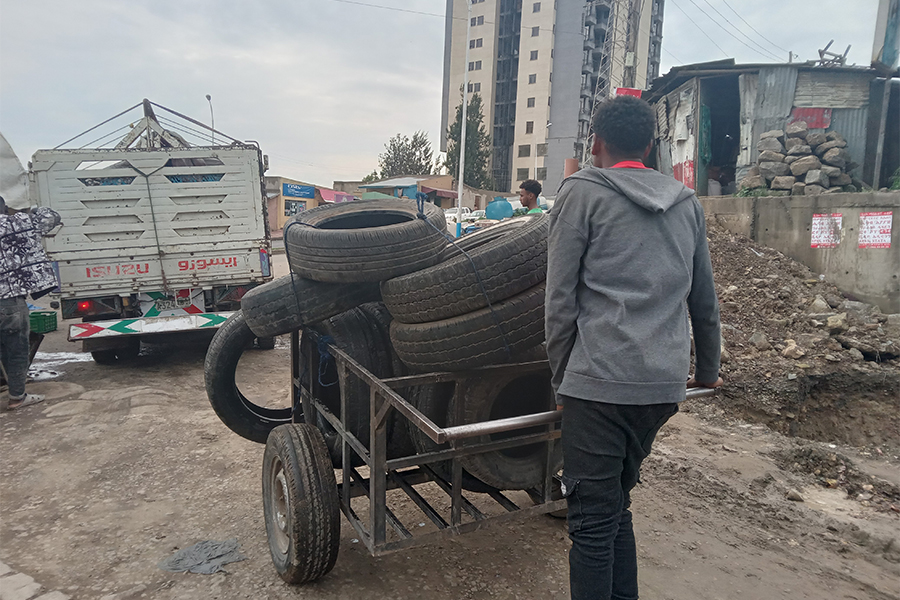
In-Picture | Jun 22,2024
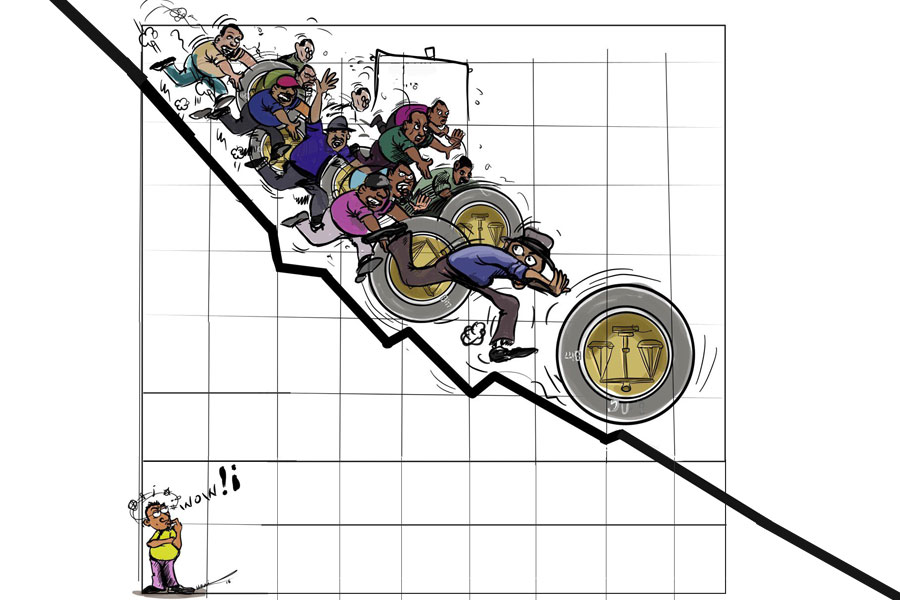
Editorial | Aug 10,2024

Radar | Jan 27,2024
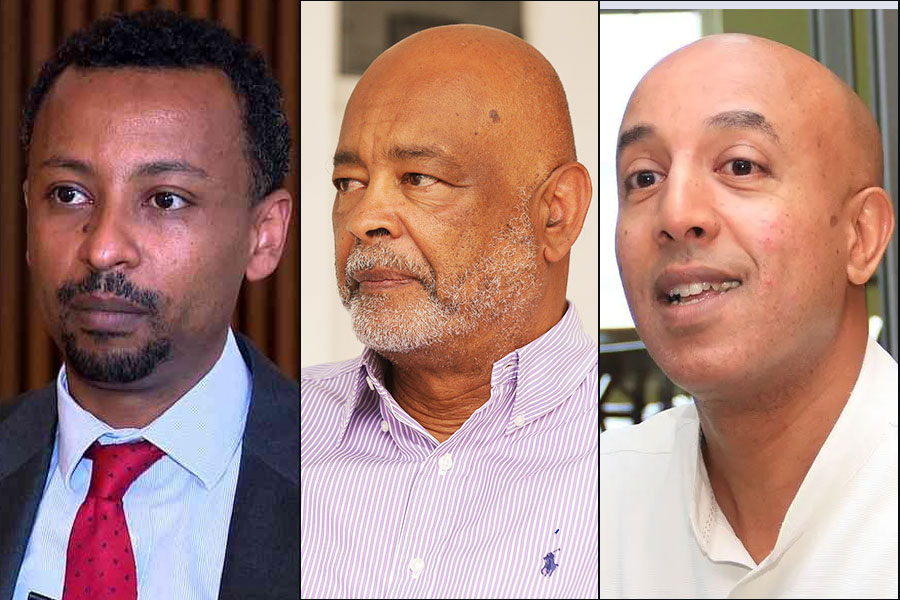
Fortune News | Feb 04,2023

Viewpoints | Sep 10,2023
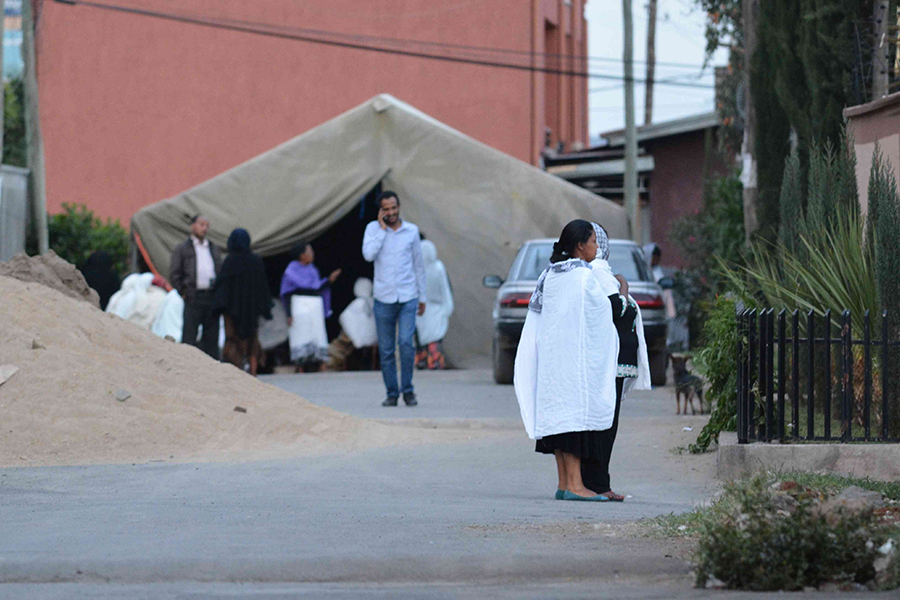
Agenda | Jul 21,2024
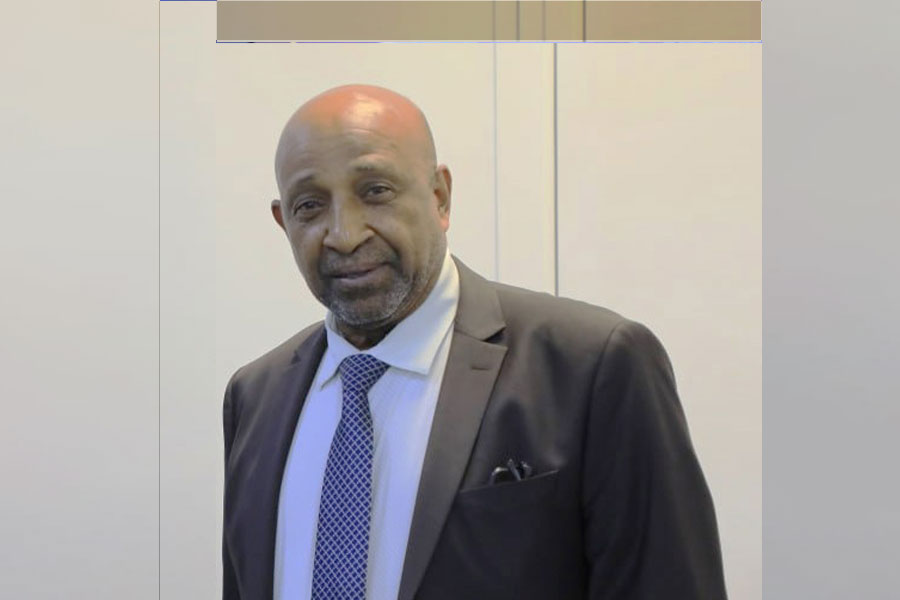
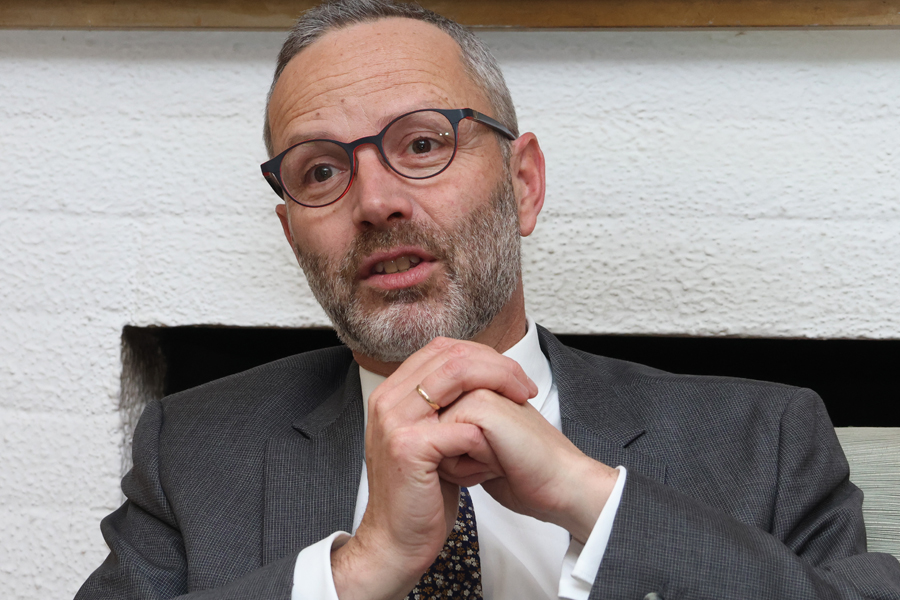
Exclusive Interviews | Aug 04,2024

Photo Gallery | 170167 Views | May 06,2019

Photo Gallery | 160411 Views | Apr 26,2019

Photo Gallery | 150025 Views | Oct 06,2021

My Opinion | 136226 Views | Aug 14,2021

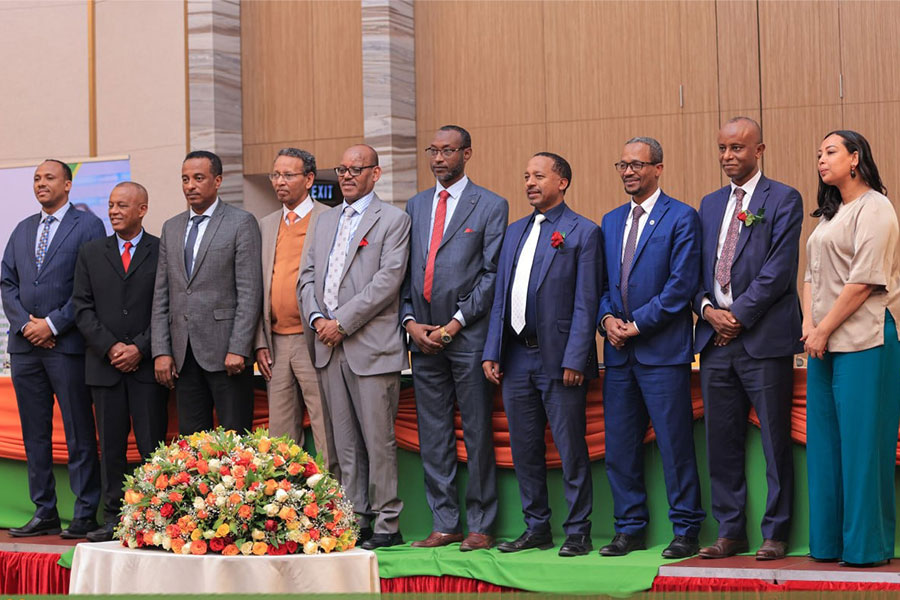


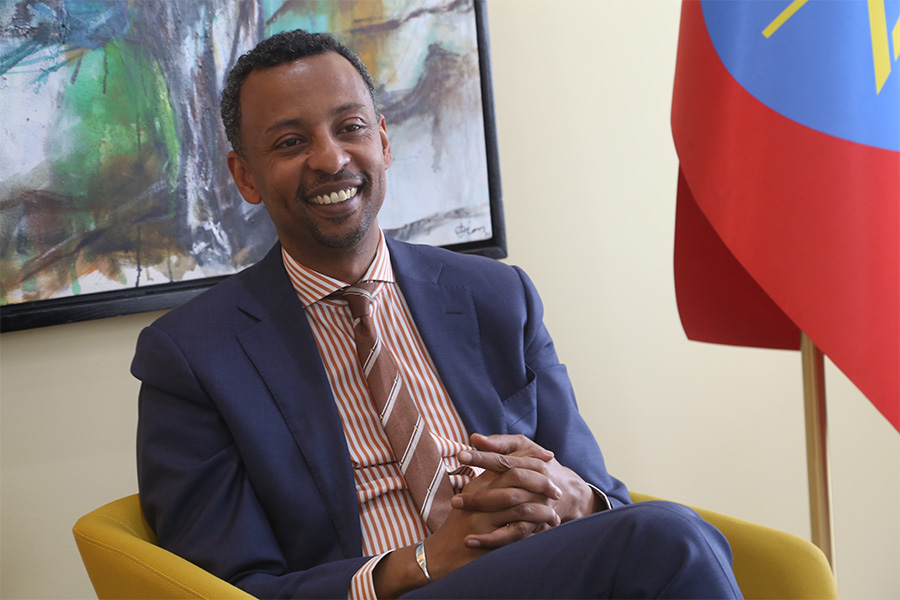
Dec 22 , 2024 . By TIZITA SHEWAFERAW
Charged with transforming colossal state-owned enterprises into modern and competitiv...

Aug 18 , 2024 . By AKSAH ITALO
Although predictable Yonas Zerihun's job in the ride-hailing service is not immune to...
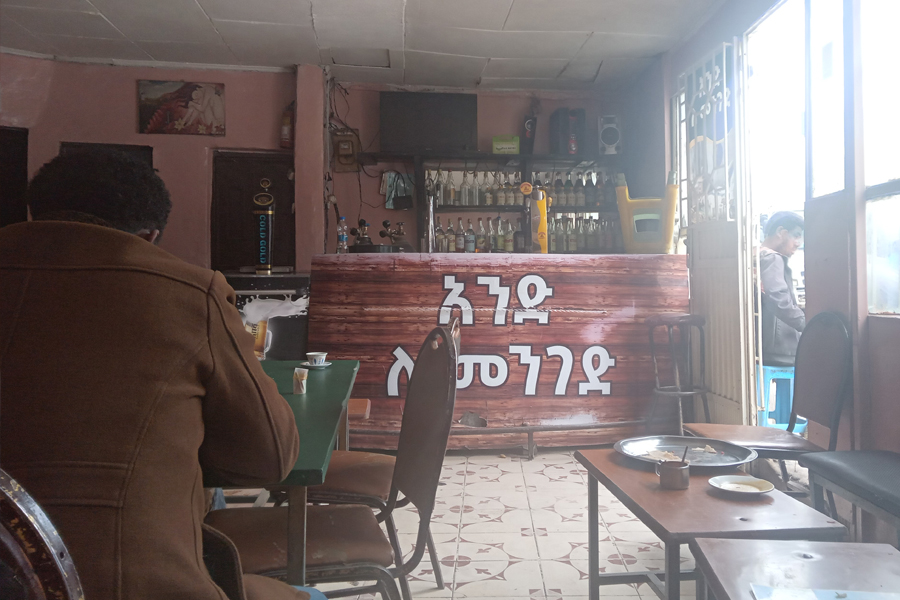
Jul 28 , 2024 . By TIZITA SHEWAFERAW
Unhabitual, perhaps too many, Samuel Gebreyohannes, 38, used to occasionally enjoy a couple of beers at breakfast. However, he recently swit...

Jul 13 , 2024 . By AKSAH ITALO
Investors who rely on tractors, trucks, and field vehicles for commuting, transporting commodities, and f...
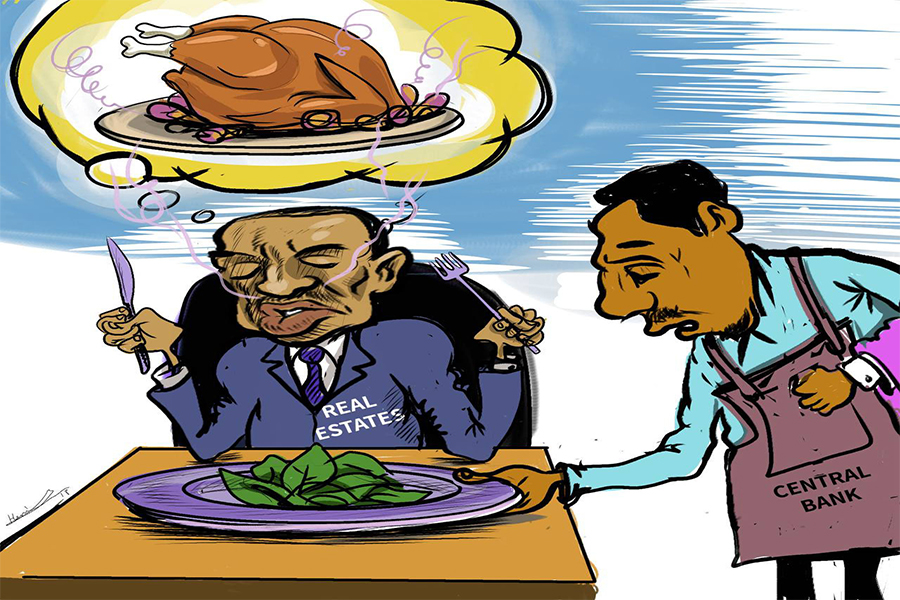
Oct 4 , 2025
Eyob Tekalegn (PhD) had been in the Governor's chair for only weeks when, on Septembe...
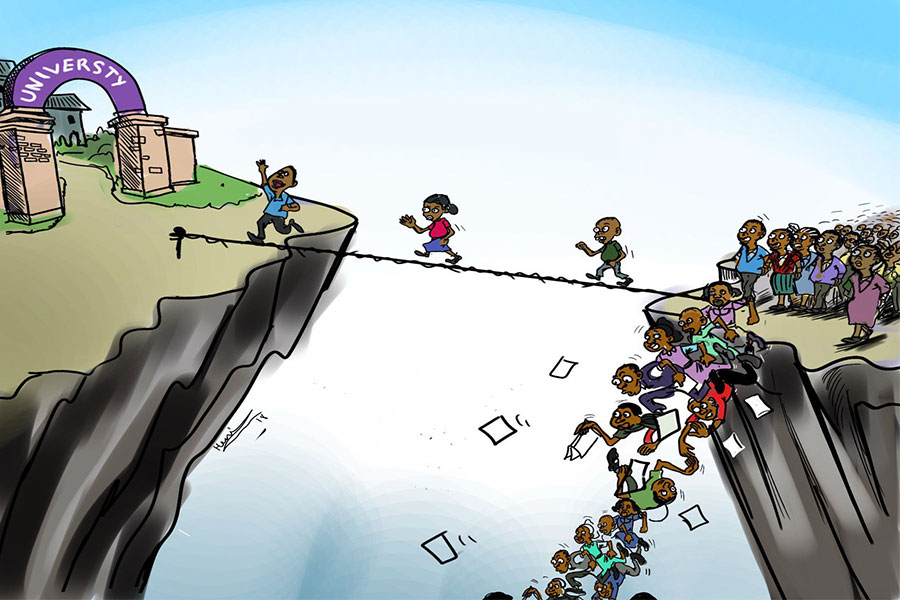
Sep 27 , 2025
Four years into an experiment with “shock therapy” in education, the national moo...
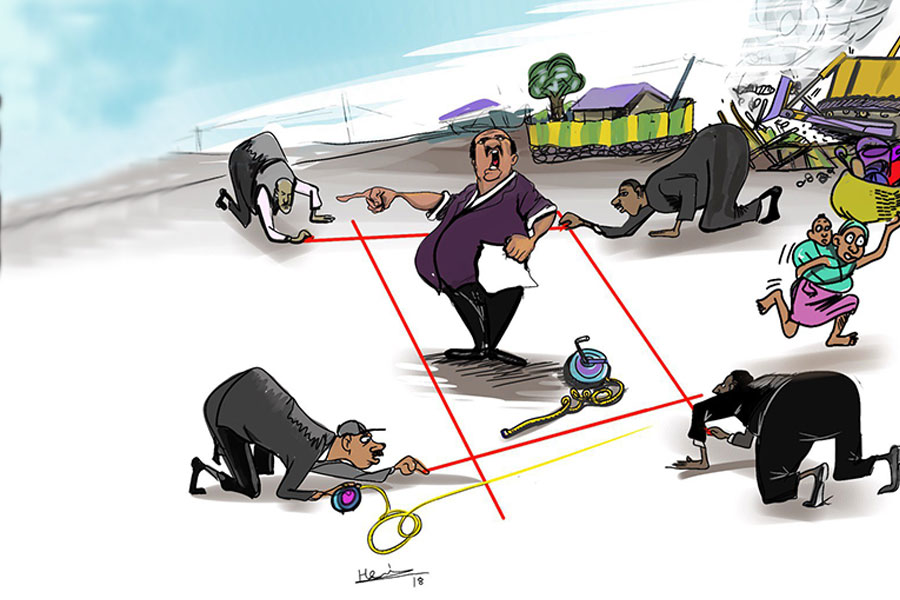
Sep 20 , 2025
Getachew Reda's return to the national stage was always going to stir attention. Once...
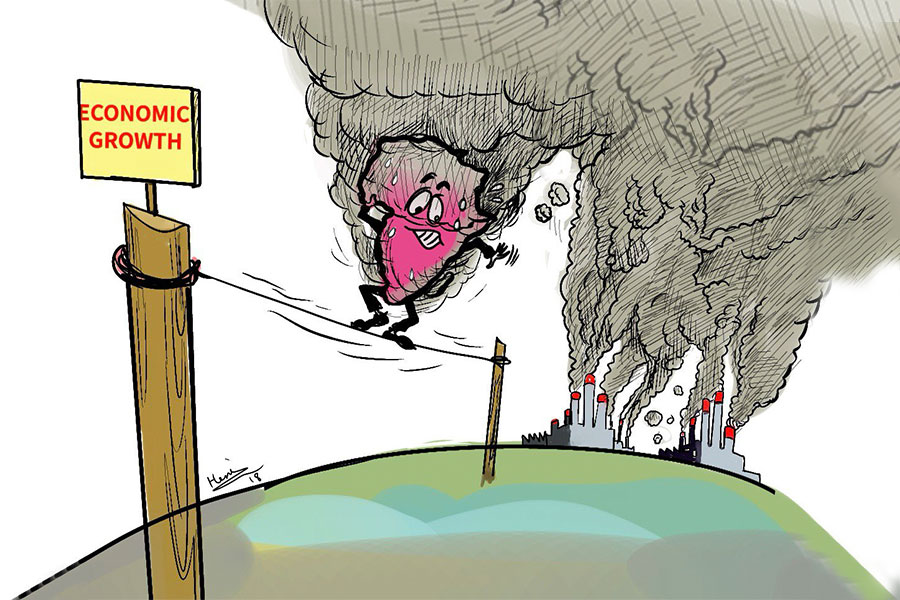
Sep 13 , 2025
At its launch in Nairobi two years ago, the Africa Climate Summit was billed as the f...

Oct 5 , 2025 . By NAHOM AYELE
In Meqelle, a name long associated with industrial grit and regional pride is undergo...

Oct 5 , 2025 . By BEZAWIT HULUAGER
The federal government is set to roll out a new "motor vehicle circulation tax" in th...
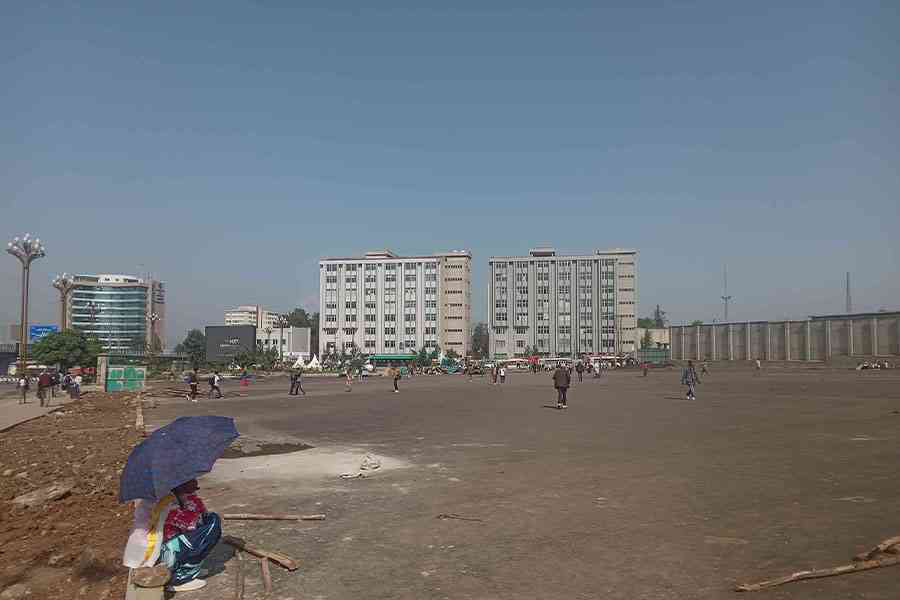
Oct 5 , 2025 . By NAHOM AYELE
The Bank of Abyssinia is wrestling with the loss of a prime plot of land once leased...

Oct 5 , 2025 . By BEZAWIT HULUAGER
The Customs Commission has introduced new tariffs on a wide range of imported goods i...